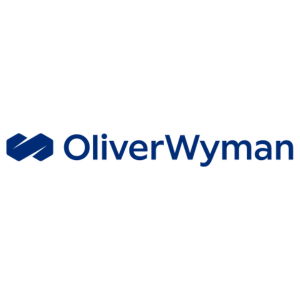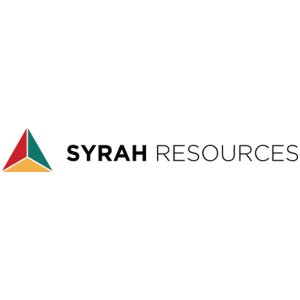Spiralling labour and energy costs are putting pressure on the financial performance of South African gold mines, but the solution could be found in adopting digital technologies.
Spiralling labour and energy costs are putting pressure on the financial performance of South African gold mines, but the solution could be found in adopting digital technologies. Most of these new technology solutions revolve around automation, facilitated by the convergence of multiple technologies, from artificial intelligence to robotics. By implementing automation operators can remove underground workers from harm's way, and that is going to become an ever-bigger imperative if gold miners are to remain (or rather, become) investable by international capital.
This increased emphasis for the safety of the workforce and mines is motivating the development of the mining automation market. Earlier, old-style techniques of exploration and drilling compromised the security of mine labour force. Such examples have forced operators to develop smart resolutions and tools to confirm security of workers. For instance, Rio Tinto's Mine of the Future programme is focussed on finding advanced ways to extract minerals deep within the Earth while reducing environmental impacts and further improving safety.
According to a recent report from McKinsey, ‘Putting the Shine Back on South African Mining’ technology is one of the four key pillars for success. It can improve employee safety, performance management and visibility. “Companies can provide connected devices, managed by workers, that can communicate real-time data on tasks, workplans and progress reports,” the report stated.
The report cites the case of a global mining company that issued connected tablets to its underground workers that improved productivity by ten per cent. Other examples are the introduction of remote operating centres to track and manage the performance of automated drills that are in constant use, reducing downtime and improving both performance and safety.
Partnering to advance automation
One company that is pushing technology into South African mining is Sibanye-Stillwater. Since its founding in 2013, Sibanye-Stillwater has grown from being a South African gold mining company to an internationally competitive, globally diversified precious metals miner, producing gold and the full suite of platinum group metals (PGMs).
The company has a diverse portfolio of platinum group metal (PGM) operations in the United States, South Africa, and Zimbabwe, gold operations and projects in South Africa, and copper, gold and PGM exploration properties in North and South America.
One technology programme that Sibanye-Stillwater is involved with is DigiMine, a 21st century state-of-the-art mining laboratory. The aim of the laboratory is to make mining safer and sustainable using digital technologies. The digital mine laboratory at The University of the Witwatersrand, Johannesburg (Wits) is an exciting project where the Chamber of Mines building on West Campus was converted into a ‘mine’, complete with surface (using the flat roof of the building), vertical shaft (using a stairwell in the fourth quadrant of the building) and mock mine with control room in the basement. The mock has a life-size tunnel, stope, lamp room and other features. The mock mine is equipped with the digital systems that will enable the research for the mine of the future and is part of Wits Mining Institute.
The goal of the laboratory is to transfer surface digital technologies into the underground environment – the enabler for a mine that can automatically observe, evaluate and act. The ultimate objective is to use technology to put distance between mine workers and the typical risks they are exposed to daily. “You don't know what you don't know when it comes to these new technologies such as 3D printing, blockchain, cloud computing and artificial intelligence,” Neil Froneman, CEO of Sibanye-Stillwater explained. “But there is a generation that is coming through the ranks that embraces it and it becomes completely natural to them.
“The first point is you have to embrace it and in a recent strategic breakaway we have incorporated it into our strategy. We have reshuffled responsibility and appointed one of our executives to drive the Industrial Revolution 4.0 and to pursue aggressively the entire digitalisation concept in underground mining. It is not uncommon in surface mining but in underground mining it’s unique, and there are numerous challenges. Clearly, we are looking at knowledge because people of my generation do not have the knowledge required. However, this project is a good example of where you partner with an institution or an organisation that has the capacity and the research capabilities.”
When it comes to the driving force behind automation, Froneman is clear that safety is the main objective. “I have got to start with safety,” he said. “In my view, and I have said it publicly, that unless we can really make a difference to safety and reduce the risk, I have to question whether we can morally keep on mining”.
Mining Indaba 2020 will be hosting unmissable pioneering insights and genuine thought-leading discussions with industry heavyweights from across the value chain on the subject - we’ve highlighted the top must-attend sessions:
Main Stage
4th February
15:20 PGMs Focus
Cleaner mining, cleaner planet: Platinum Group Metals and the opportunity of the Energy Transition
Chris Griffith, CEO, Anglo American Platinum
17:20 Panel: Investor Focus
Preparing for the fourth industrial revolution: How can African mining position itself for growth and avoid the shocks of potential automation?
Speakers:
Deshnee Naidoo, CEO, Vedanta Zinc International
Tshokolo Nchocho, CEO, Industrial Development Corporation (IDC)
Anik Nichaud, Group Director – Corporate Relations, Anglo American
Sabine Dall’Omo, CEO, Siemens South Africa Ltd
Sheila Khama, Lead Mining Specialist, Energy and Extractives Global Practice, World Bank
Mining 2050 Stage
4th February
15:20 Green & Sustainable Technology
5th February
9.30 Using Technology to Drive Greater Health & Safety Systems in Mines
14.20 Automation Hour
Across this hour, we examine three different ways automation continues to disrupt the mining industry
Speakers:
Denise Johnson, Resource Industries Group President, Caterpillar
Ricus Grimbeek, President & CEO, Trevali
This increased emphasis for the safety of the workforce and mines is motivating the development of the mining automation market. Earlier, old-style techniques of exploration and drilling compromised the security of mine labour force. Such examples have forced operators to develop smart resolutions and tools to confirm security of workers. For instance, Rio Tinto's Mine of the Future programme is focussed on finding advanced ways to extract minerals deep within the Earth while reducing environmental impacts and further improving safety.
According to a recent report from McKinsey, ‘Putting the Shine Back on South African Mining’ technology is one of the four key pillars for success. It can improve employee safety, performance management and visibility. “Companies can provide connected devices, managed by workers, that can communicate real-time data on tasks, workplans and progress reports,” the report stated.
The report cites the case of a global mining company that issued connected tablets to its underground workers that improved productivity by ten per cent. Other examples are the introduction of remote operating centres to track and manage the performance of automated drills that are in constant use, reducing downtime and improving both performance and safety.
Partnering to advance automation
One company that is pushing technology into South African mining is Sibanye-Stillwater. Since its founding in 2013, Sibanye-Stillwater has grown from being a South African gold mining company to an internationally competitive, globally diversified precious metals miner, producing gold and the full suite of platinum group metals (PGMs).
The company has a diverse portfolio of platinum group metal (PGM) operations in the United States, South Africa, and Zimbabwe, gold operations and projects in South Africa, and copper, gold and PGM exploration properties in North and South America.
One technology programme that Sibanye-Stillwater is involved with is DigiMine, a 21st century state-of-the-art mining laboratory. The aim of the laboratory is to make mining safer and sustainable using digital technologies. The digital mine laboratory at The University of the Witwatersrand, Johannesburg (Wits) is an exciting project where the Chamber of Mines building on West Campus was converted into a ‘mine’, complete with surface (using the flat roof of the building), vertical shaft (using a stairwell in the fourth quadrant of the building) and mock mine with control room in the basement. The mock has a life-size tunnel, stope, lamp room and other features. The mock mine is equipped with the digital systems that will enable the research for the mine of the future and is part of Wits Mining Institute.
The goal of the laboratory is to transfer surface digital technologies into the underground environment – the enabler for a mine that can automatically observe, evaluate and act. The ultimate objective is to use technology to put distance between mine workers and the typical risks they are exposed to daily. “You don't know what you don't know when it comes to these new technologies such as 3D printing, blockchain, cloud computing and artificial intelligence,” Neil Froneman, CEO of Sibanye-Stillwater explained. “But there is a generation that is coming through the ranks that embraces it and it becomes completely natural to them.
“The first point is you have to embrace it and in a recent strategic breakaway we have incorporated it into our strategy. We have reshuffled responsibility and appointed one of our executives to drive the Industrial Revolution 4.0 and to pursue aggressively the entire digitalisation concept in underground mining. It is not uncommon in surface mining but in underground mining it’s unique, and there are numerous challenges. Clearly, we are looking at knowledge because people of my generation do not have the knowledge required. However, this project is a good example of where you partner with an institution or an organisation that has the capacity and the research capabilities.”
When it comes to the driving force behind automation, Froneman is clear that safety is the main objective. “I have got to start with safety,” he said. “In my view, and I have said it publicly, that unless we can really make a difference to safety and reduce the risk, I have to question whether we can morally keep on mining”.
Mining Indaba 2020 will be hosting unmissable pioneering insights and genuine thought-leading discussions with industry heavyweights from across the value chain on the subject - we’ve highlighted the top must-attend sessions:
Main Stage
4th February
15:20 PGMs Focus
Cleaner mining, cleaner planet: Platinum Group Metals and the opportunity of the Energy Transition
- New growth market opportunities in the expanding hydrogen fuel cell sector
- H2 / fuel cell technology downstream market applications (from mobility, industrial, heat and power)
Chris Griffith, CEO, Anglo American Platinum
17:20 Panel: Investor Focus
Preparing for the fourth industrial revolution: How can African mining position itself for growth and avoid the shocks of potential automation?
- How should labour and industry work together to ensure Africa’s mining sector doesn’t fall behind, while looking after employees?
- The big debate: Should the country import highly skilled workers for this if each one of them creates another four jobs?
- Establishing a way forward: What are the next steps for labour and industry?
- The African Union (AU) Agenda 2063 is a blueprint to support the continent’s accelerated growth, tech transformation, and to drive the benefits of a digitised economy.
- The AU agenda is aligned to South Africa’s own National Development Plan (NDP) 2030 vision of transforming the country into an inclusive and innovative digital society.
Speakers:
Deshnee Naidoo, CEO, Vedanta Zinc International
Tshokolo Nchocho, CEO, Industrial Development Corporation (IDC)
Anik Nichaud, Group Director – Corporate Relations, Anglo American
Sabine Dall’Omo, CEO, Siemens South Africa Ltd
Sheila Khama, Lead Mining Specialist, Energy and Extractives Global Practice, World Bank
Mining 2050 Stage
4th February
15:20 Green & Sustainable Technology
- Championing zero-emission mines: How can companies commit to more sustainable mining?
- Carbon accounting framework in order to create a differentiated market for these mines.
- According to the World Bank by 2050 low carbon technologies will demand a higher percentage of the world’s mineral production. How can mining companies meet this demand?
- Global governance system to avoid supply crunch
- Power supply and the growing role of IPPs: How can the mining industry reduce power consumption to save costs and make the sector more sustainable? Is South Africa leading the charge?
- Renewable power of the mine report
5th February
9.30 Using Technology to Drive Greater Health & Safety Systems in Mines
14.20 Automation Hour
Across this hour, we examine three different ways automation continues to disrupt the mining industry
- Robotics
- Operational Optimisation
- Employment Opportunities
Speakers:
Denise Johnson, Resource Industries Group President, Caterpillar
Ricus Grimbeek, President & CEO, Trevali

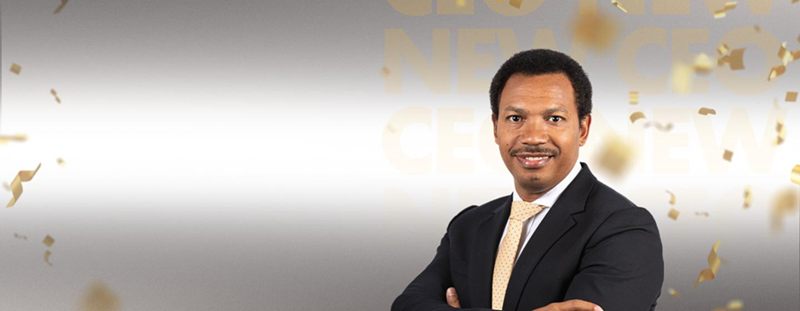
.jpg?ext=.jpg)

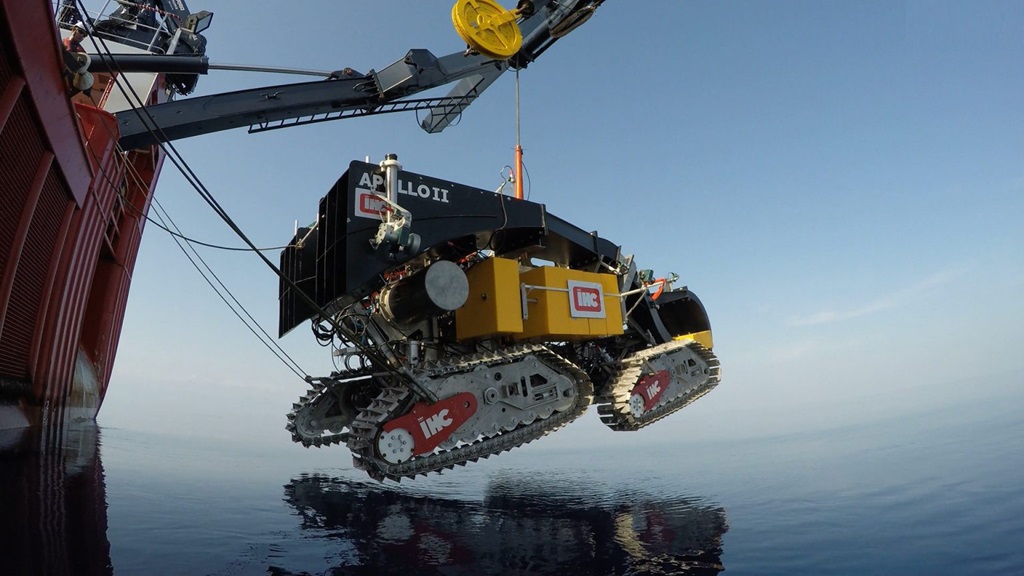
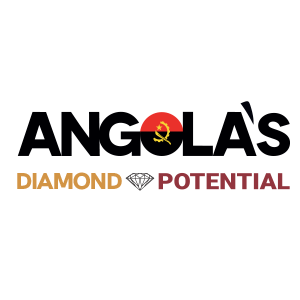

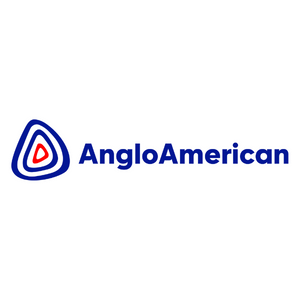
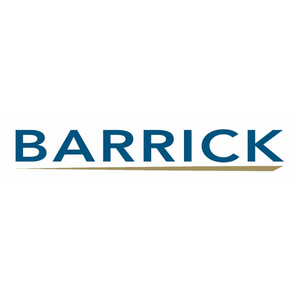
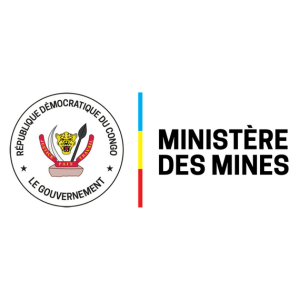
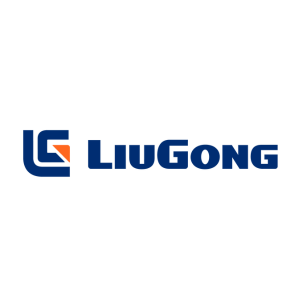


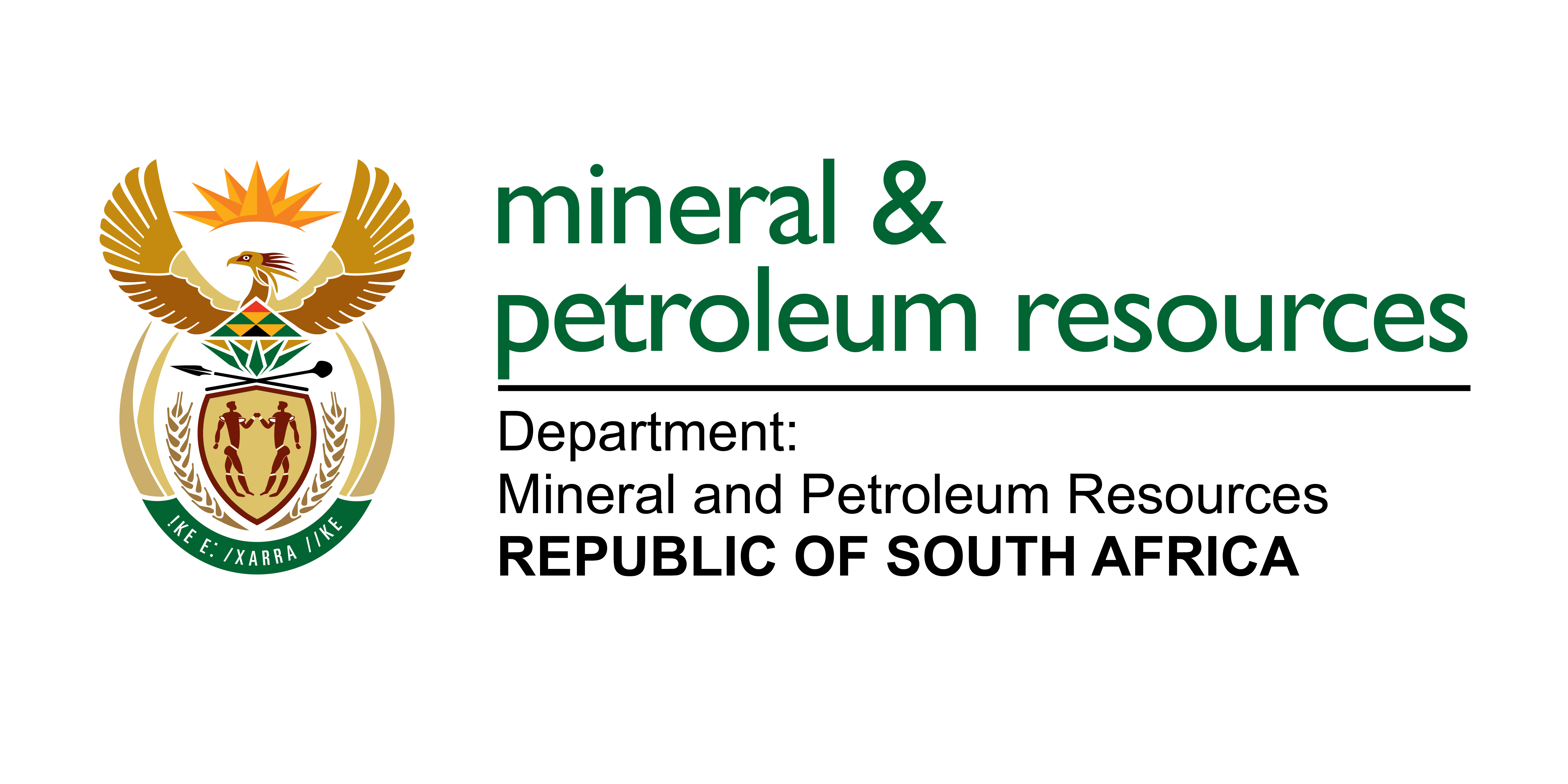-Logo_CMYK_1.jpg?width=1000&height=500&ext=.jpg)


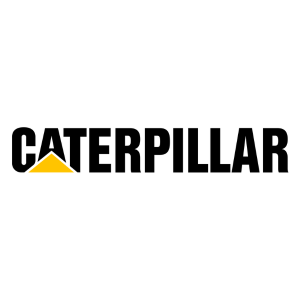

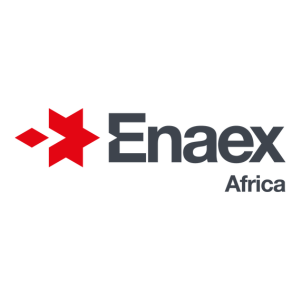


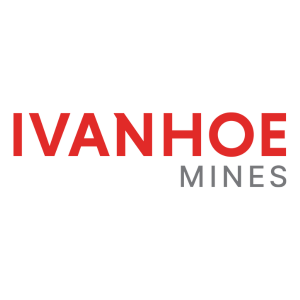
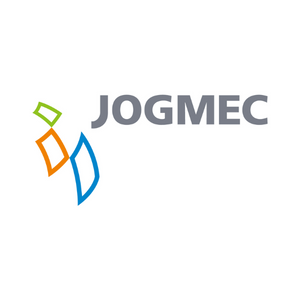


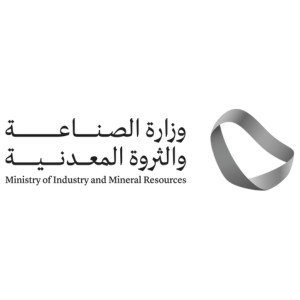
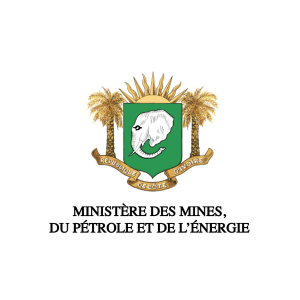
_1.png?ext=.png)
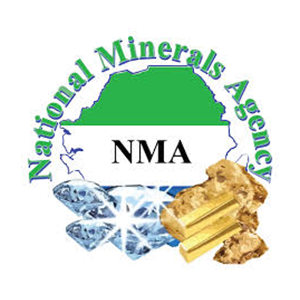



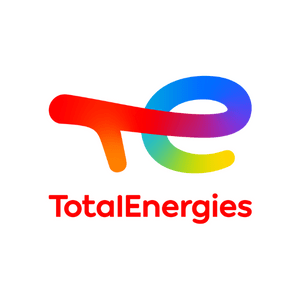






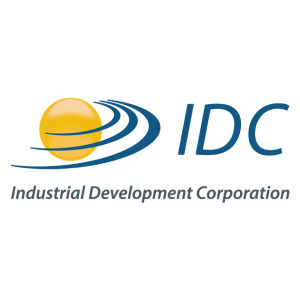




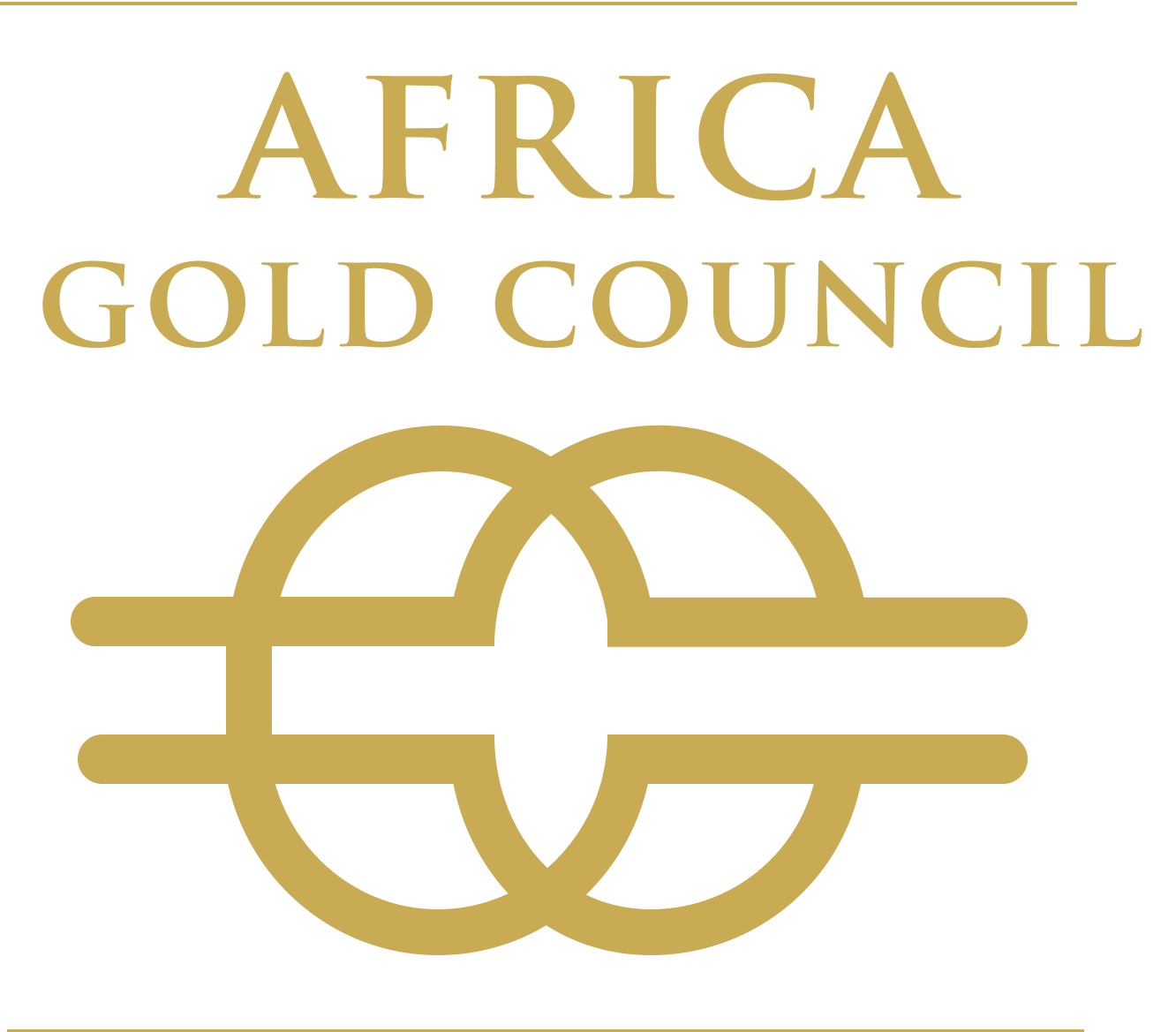

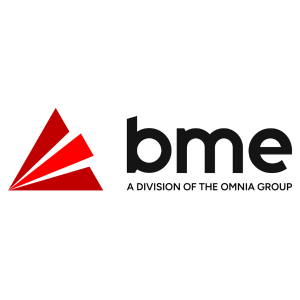





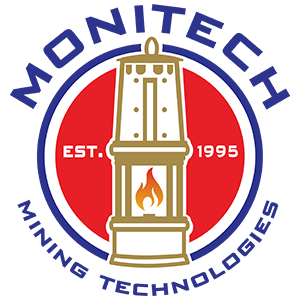



_mi25-weblogo.png?ext=.png)
